- News
- Reviews
- Bikes
- Components
- Bar tape & grips
- Bottom brackets
- Brake & gear cables
- Brake & STI levers
- Brake pads & spares
- Brakes
- Cassettes & freewheels
- Chains
- Chainsets & chainrings
- Derailleurs - front
- Derailleurs - rear
- Forks
- Gear levers & shifters
- Groupsets
- Handlebars & extensions
- Headsets
- Hubs
- Inner tubes
- Pedals
- Quick releases & skewers
- Saddles
- Seatposts
- Stems
- Wheels
- Tyres
- Tubeless valves
- Accessories
- Accessories - misc
- Computer mounts
- Bags
- Bar ends
- Bike bags & cases
- Bottle cages
- Bottles
- Cameras
- Car racks
- Child seats
- Computers
- Glasses
- GPS units
- Helmets
- Lights - front
- Lights - rear
- Lights - sets
- Locks
- Mirrors
- Mudguards
- Racks
- Pumps & CO2 inflators
- Puncture kits
- Reflectives
- Smart watches
- Stands and racks
- Trailers
- Clothing
- Health, fitness and nutrition
- Tools and workshop
- Miscellaneous
- Buyers Guides
- Features
- Forum
- Recommends
- Podcast
feature
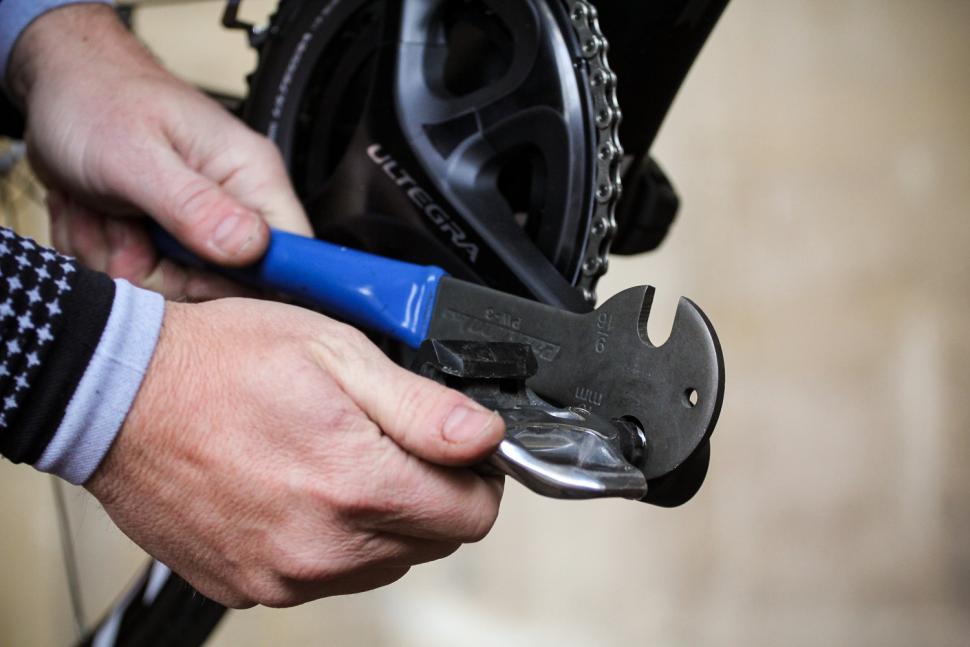 Step13
Step13How to fit & remove pedals — 10 easy steps to pedal happiness
Pedals screw into cranks using a thread that's about the last universal standard in bikes. Fitting them and removing them is as easy as screwing two things together, but there are some tricks to make the job easier and faster. Here's how.
The most important thing you need to know about pedals is that the threads are different between left and right sides. The drive-side pedal has a right-hand thread — the usual kind, that you turn clockwise to tighten. But the left hand side has a left hand thread, so it tightens anti-clockwise. Your fingers are probably so used to right-hand threads that you'll get this wrong a lot, but after a while it becomes a habit.
The left-hand pedal has a left hand thread because otherwise it would unscrew itself as you ride.
Tools & Materials
• Pedal wrench with 15mm end
• 6 or 8mm Allen key
• Grease
Identifying your pedal axle type
1. Pedals usually come marked L or R to indicate the thread and therefore the side of the bike they fit (viewed from the rider's perspective). The top image is a pair of Shimano 105 SPD-SL pedals with marks on the axles: L for left and R for right.
The lower image is a pair of Shimano XTR SPD pedals which don't have spanner flats, or L and R markings. Generally, with this type of pedal, the spring tension + and - markings on the adjustment plates should be at the rear of the pedal.
2. Grease the threads. This is vital; don't neglect it, however much of a hurry you're in. We've done that, then ridden the bike thousands of wet and gritty miles, only to find that the threaded union between axle and the crank arm has corroded solid. A thin layer of grease is all that's required and you'll avoid the nightmare of pedal threads that won't budge.
3. To tighten and remove pedals, the axles have either spanner flats, sockets for a hex key, or both. The flats on almost all modern pedals take a 15mm spanner, though many pedal spanners also have a 9/16-inch jaw for older pedals. Don't be tempted to use thin wheel cone bearing spanners, as they'll distort and be ruined.
4. If there's a hex socket it will be 6mm or 8mm. Some pedals only have the hex socket. A hex socket is handy because you can remove or tighten the pedals with the hex key on a multi-tool; carrying a proper pedal spanner in your jersey pocket is a bit inconvenient.
Fitting pedals
5. As explained above, the left hand pedal has a left-handed thread so it tightens anti-clockwise.
With the threads lightly greased, introduce the left pedal into the left hand crank arm's threads. Ensure they're square to each other and rotate the axle anti-clockwise until the first threads engage freely and easily. Screw the pedal into the crank. You should be able to turn it with your fingers, or with light pressure from a spanner or hex key. Do not force it. If you want to show off, hold the axle and rotate the crank clockwise to engage all the threads.
If the threads aren't brilliantly defined you might find the last few turns need a hex key or pedal spanner. Nip up the pedal thread into the crank arm to secure them. Don't go mad tightening pedals. They do not need more tightening than the average pocket multi-tool can deliver. The length of a pedal spanner is for removing badly installed, dry or corroded, pedals, NOT for doing up properly greased ones.
7. The right hand (drive-side) pedal tightens up by turning the axle clock-wise, so follow the same method, but turn the axle clockwise (or the crank anti-clockwise).
Removing pedals
This is the element of fitting and removing pedals where the added leverage of a pedal spanner of long Allen wrench can be of real use. The extra length, along wth some weight and shock force can help free stuck pedals. Of course, it's better to have prepped the threads with grease before you fitted them to avoid the hassle.
8. Usually pedals need a bit more leverage to get them out of the crank arms than they do to fit them. This is where a pedal spanner and/or an 8mm Allen key come in very handy.
9. For left hand pedals, bring the crank arm towards the front of the bike (9 o'clock as you look at it from the side) place the tool you're using on/in the axle (with the tool handle extending toward the rear of the bike) and press sharply downward on the handle to break the thread loose.
10. For right hand pedals follow the same process as with the left hand pedal. Position the crank pointing forwards towards the front wheel, slightly below horizontal to give your knuckles some space. When the tool is fitted to the pedal, its handle should be pointing towards the rear wheel.
Latest Comments
- AidanR 7 hours 53 min ago
Bloody hell... How are you doing now?
- ktache 8 hours 2 min ago
And I liked endura too. Got a nice long sleeve mostly merino long sleeve a little while back, in orange.
- matthewn5 8 hours 30 min ago
No, the Ebay lights have been around for several years, this Lezyne light just appeared.
- chrisonabike 8 hours 46 min ago
They shouldn't worry - the second part of the "tariff" refrain is "they can make it in US and they'll do very well".
- Mr Blackbird 9 hours 18 min ago
"At the going down of the sun, it will get in our eyes and cause us to crash into things."
- Rendel Harris 9 hours 26 min ago
Been living in the area thirty years now and Brixton Cycles (and local riders wearing their famed Rastafarian colours jersey) has been an iconic...
- chrisonabike 11 hours 31 min ago
Does the "super-loud yellow" also help alert (non-deaf / non-earbud-wearing) pedestrians? Or will it just mean dogs bark at me?
- Festus 12 hours 22 min ago
One thing that bothers me is the use of antidepressant med and driving, it never gets picked up by police. Most of these types of medicines state...
- chrisonabike 14 hours 22 min ago
Indeed - but again these are perhaps questions we should keep asking. Even if the immediate answer is "well we are where we are" or "how on earth...
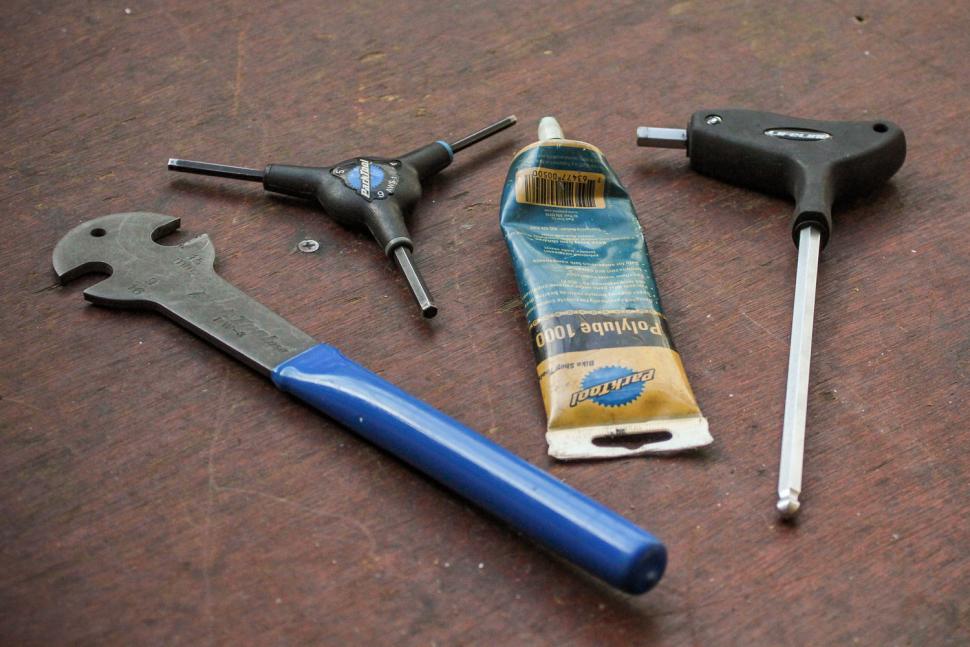
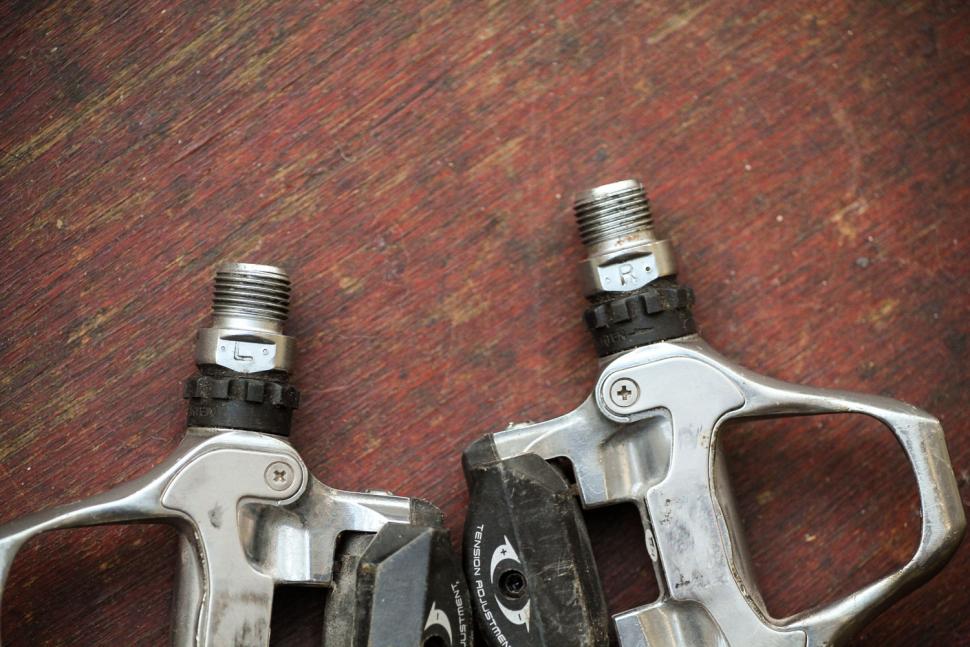
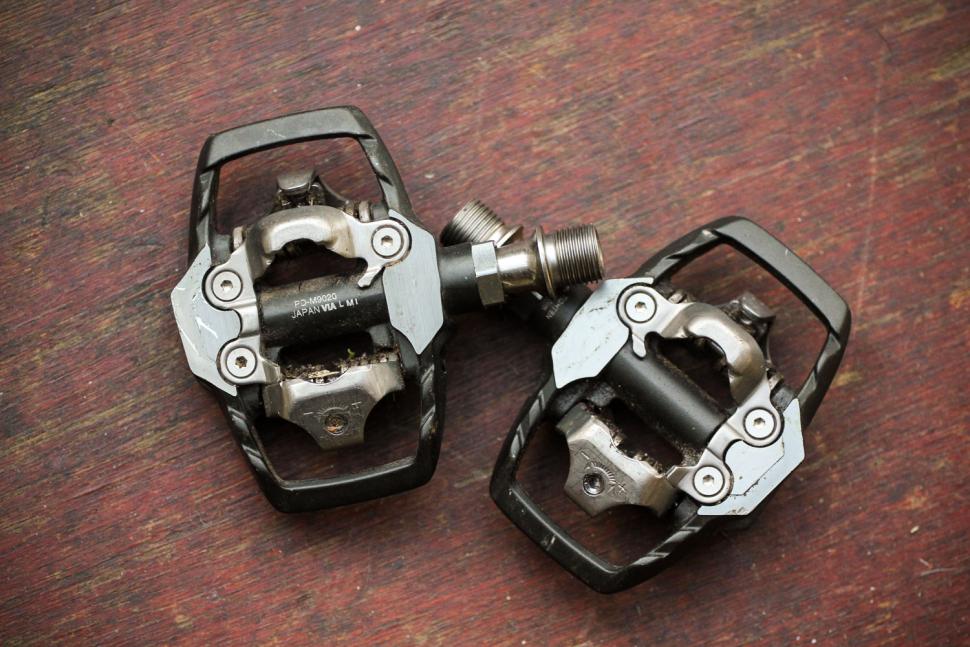

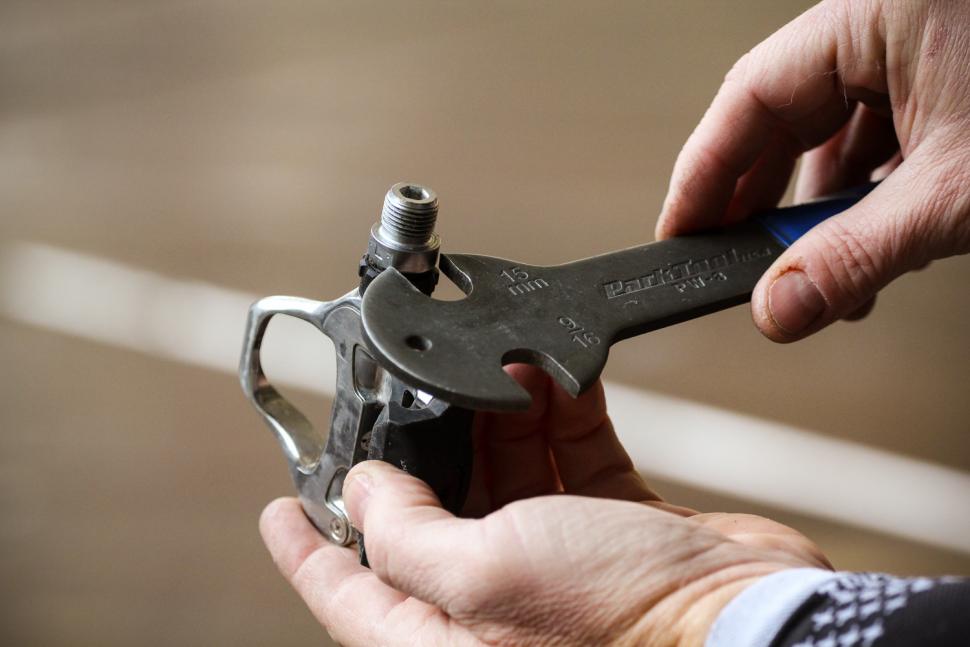

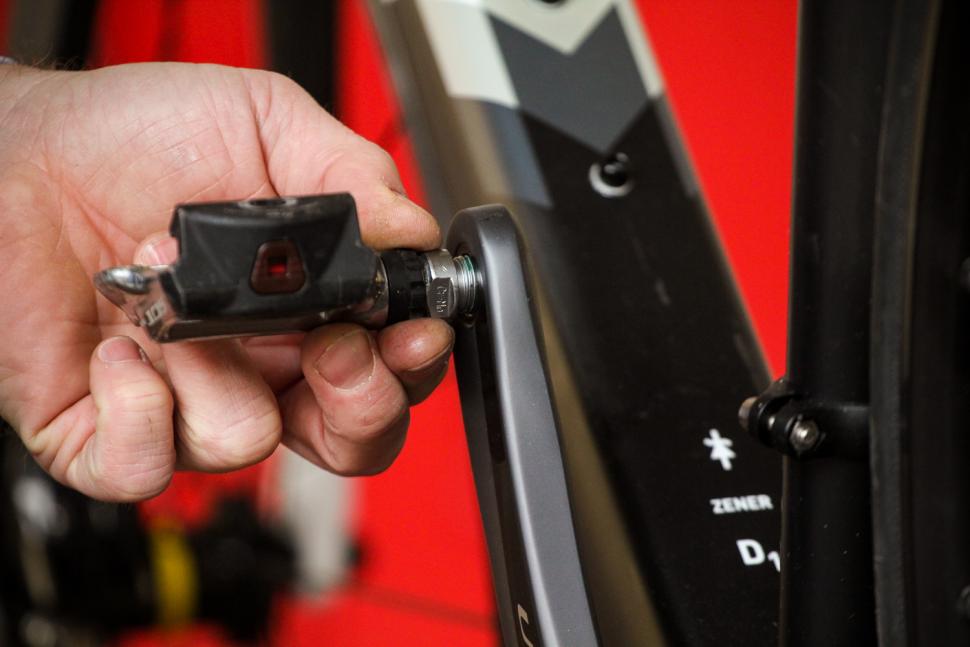
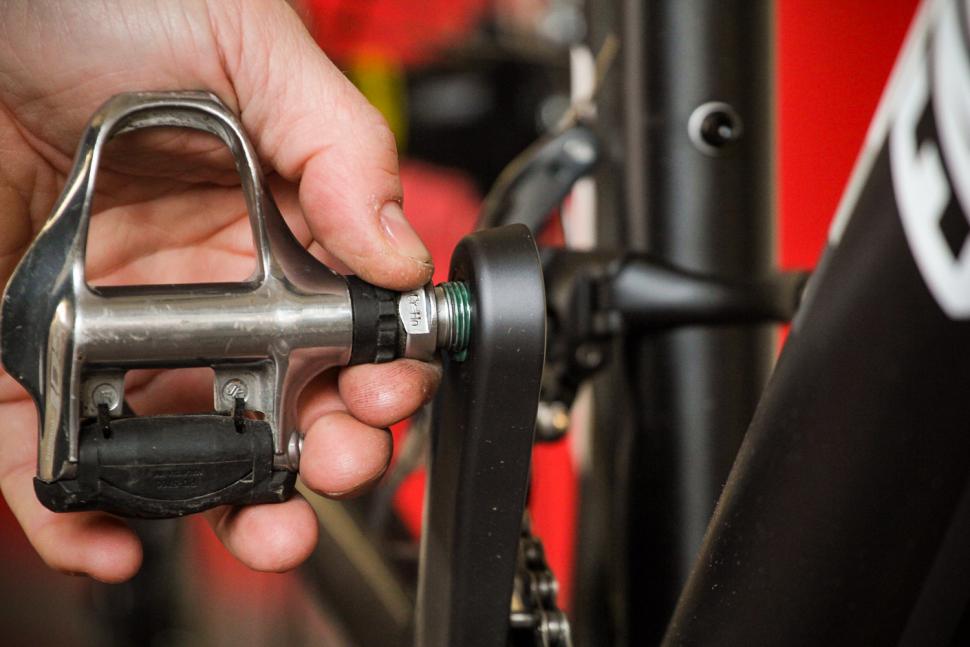
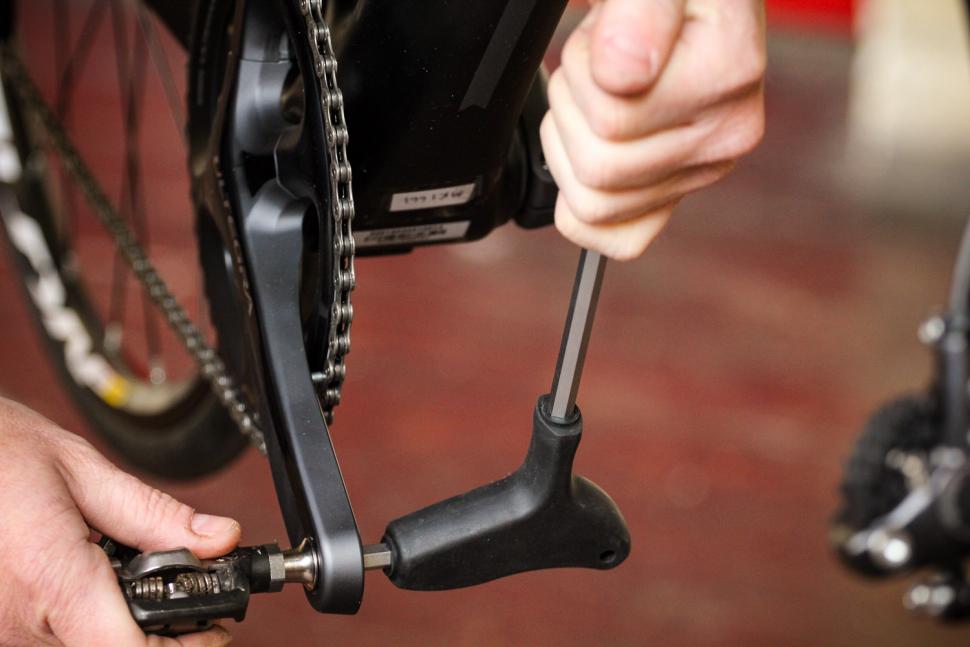

Add new comment
32 comments
I always grease the threads liberally when installing new pedals. And I'm always suffering and cursing + spraying WD40 all over the place and swearing I'll get a 2 foot long wrench next time to get them off. Usually takes me 2 days.
Where the cranks are fastened to the BB, there' s a nice indication of the direction in which to turn and the torque. Why doesn't a single manufacturer indicate the same for hole that the pedals screw into? Every single bloody time I need to look it up and things are not helped by a couple of websites getting it wrong.
I wonder whether the pedal threads were designed more with a view to ensuring they unthreaded in the event that the bearings seize solid. With your feet clipped in on a penny farthing, that would have been the greater imperative.
It's 50 years ago now, so I can't remember how I managed to let it happen, but I lost a pedal on my first cycling trip to Ireland. How could I not notice, and go back to get it? Anyway, a cycle shop sold me a single pedal, at half the price of the pair- I think it was in Cashel
The moment you left I bet there were hysterical whoops of joy - they must have waited decades for some mug to pay full price for their one orphan pedal! "Seamus, you'll never believe this...
wtjs said he paid half price ! At least that's what they told him !
Nah, he paid the full price, per pedal.
Your partly-justified cynicism has got the better of you! I went to the hardware shop on the High Street, he got the box out and halved the marked price and gave me one of the two pedals in it- they were cheap pedals with two rubbery blocks front and back. I remember being pleased, in my state of mean-ness which has sadly persisted, that I didn't have to buy both. I wonder if the other one is still there? The one I lost was made by a British company trying to sound Italian (it was 50 years ago!) -called Barelli- I have just looked them up and recognise them from the photos.
In my many years of biking never run into undertightened pedals.. Overtightened all the time! Saying that I would allways just go with wrist tight (I only use hex wrenches)
I run powermeter pedals so swap them probably 3 times a week.
Easy way that I started rembering which way to turn is: thread in to front of bike unscrew to the rear.
Precisely, so I guess all this opposite thread stuff works.
I must be honest - I used to get my LBS to fit new pedals on my commuter (paying them to do it, obviously!) and then one of the guys there said - off the record - "You know this is a piece of p***, right? Just buy a pedal spanner and you can do it yourself." So I bought a pedal spanner from them, and discovered he was right.
(I still take the bike to them for cassette/cables/shifters etc, but bit by bit I'm expanding the range of bits on my bikes that I can do for myself).
Easiest way to destroy a crank is to not tighten the pedals enough. Seen it happen - lad ignored a 'funny pedal' and stripped the thread.
Easiest way to take pedals off is to face the front of the bike, hold the drop in one hand, spanner/hex in the other, and press down and forward. Repeat on other side.
I disagree with the article and comments above advocating minimal tightening of pedal this is EXTREMELY DANGEROUS ! I used to hold the same view, that the pedals would self tighten and used to commonly swap them between bikes when by kids were racing until my son's pedal came off in a circuit race causing him to crash. The self tightening relies on mechanical precession (google it) from pushing down on the pedal, if you just rotate the pedal (high cadence 'spinning') any friction or sticking in the pedal bearing will cause it to unscrew.
That is a great tip HG
Acetone for the carrier, and ATF as it is basically extra-slippery oil.
Have also used PB Blaster which just smelled like petrol, and XCP, to good effect.
Anything is better than WD40 in this application.
Tip I read somewhere is to fit the spanner such that you put the ball of your foot on the pedal, and then push the spanner with your heel. Handy for stiff pedals, and a useful way to remember which way to turn it. Works on both sides.
Looking at frame 9 in the article, that operator is asking for whacked knuckles! The best way of undoing that pedal is to wrap your hand around both the crank and the spanner and squeeze them together. That way there is no sudden release, therefore no knuckle damage.
I knew all of this already but decided it would be a good idea to check the pedals on all my bikes. They all came off fairly easily but on three of the four bikes the pedals looked like they were on the brink of seizing into the cranks. So thank you for the timely prompt.
Incidently, I was also reminded that with copperslip type grease, a little goes a long way. Especially when you get it on your hands and leave brown fingerprints everywhere.
Never, ever try the silver coloured aluminium based version. Ask me how I know... .
.
You're almost certainly right but I don't think it's intended for use around CF, it's more a metal on metal penetrating fluid to free up stuck parts.
May I ask, why ATF?
And doesn't acetone harm some plastics and maybe the resins used in carbon fibre.
In the lab it is my cleaning solvent of last resort, only to be used after everything leading up to it, it will clean up everything but destroys some thing too.
ATF is a very good at lubricant for rusty nuts and bolts.
As a slight aside, I made some acetone / ATF penetrating fluid recently and ended up making two 500ml bottles. If anyone in the 'between Liverpool and Manchester' area wants a bottle, I'd be happy to meet up. Often known as 'panther pee' for some reason, it's alleged to be the best penetrating / release agent known to humankind .
.
Anti seize for installation, a mixture of ATF and acetone for removal of stubborn ones.
If you've stripped the thread, local machine shop will put a helicoil or steel insert in.
Indeed. You just need to remember which side has 'normal' threads. Drive side for pedals, non-drive side for bottom brackets.
I found it very important to be sure which direction is which when removing pedals. I was struggling with a really tight pedal and putting lots of force on the spanner before realising that I was an idiot. Stripped the thread and had to buy a new crankset.
I have to agree that grease, preferably copper grease, is the key take out from this article. An ex-colleague of mine once had to buy me a new pedal spanner after his LBS managed to wreck mine, which he'd borrowed, getting the pedals off his commuter. His pedals had been fitted dry and were completely welded into the cranks.
I'm with KiwiMike in that 30-40Nm is generally too tight.
To me, that's a full sized pedal spanner on the spindle flats and and a slight "nnnngh..." Whilst holding the other crank.
If you do that and ride for a few months in shitty weather, you might be lucky and get it back off without a hernia... but maybe not...And I speak from personal experience!
I'm not sure 10Nm is enough, but 20 is probably plenty unless you really don't care.... 20 Nm is roughly a Full-sized pedal spanner to where it feels tight without straining or a standard length Allen key to the inside of the spindle and a little bit of "nnngh" up to elbow level... If you're using your shoulders, it's too tight.
Using a torque wrench is not essential when it comes to fitting pedals as the acceptable range is pretty wide.
Pedals are the one area of bikes where I’d proactively advise you can safely ignore the manufacturer’s torque recommendations. Typically between 30 & 40Nm, with Shimano in the middle, they are huge overkill. I only ever snug my pedals hand-tight, probably about 10Nm. Never used a torque wrench on them, never had a pedal come loose or need a bit of pipe or mallet to loosen one in 30 years of riding and frequently swapping between bikes.
The one exception to this rule being Powertap pedals - they need to be torqued to make the wee power pod thingies work.
I had to borrow a hollow pipe off the local builders merchants to fit on the end of a spanner to get the pedals off my wife's bike. Also required standing on the pipe.
Probably not recommended!
Take big care when installing the pedal into the crank, cross threading is too easy, it should *feel* right, steel pedal bearings into often very expensive weak ali crank threads, almost asking for trouble. Learned early on myself.
Pages